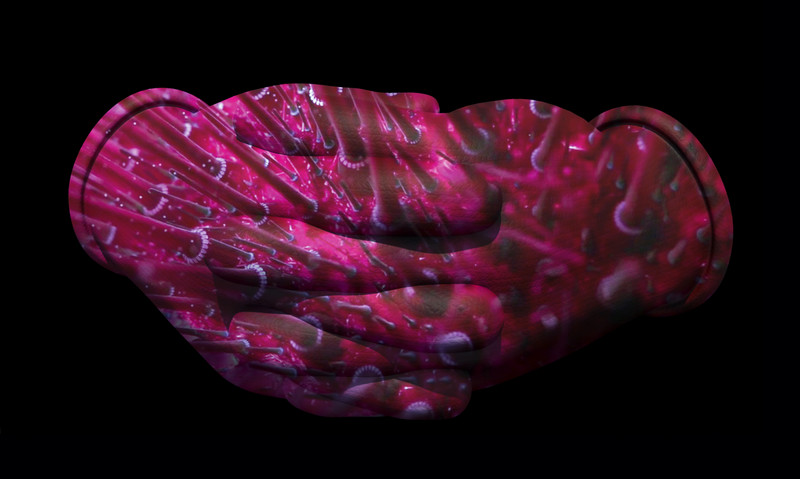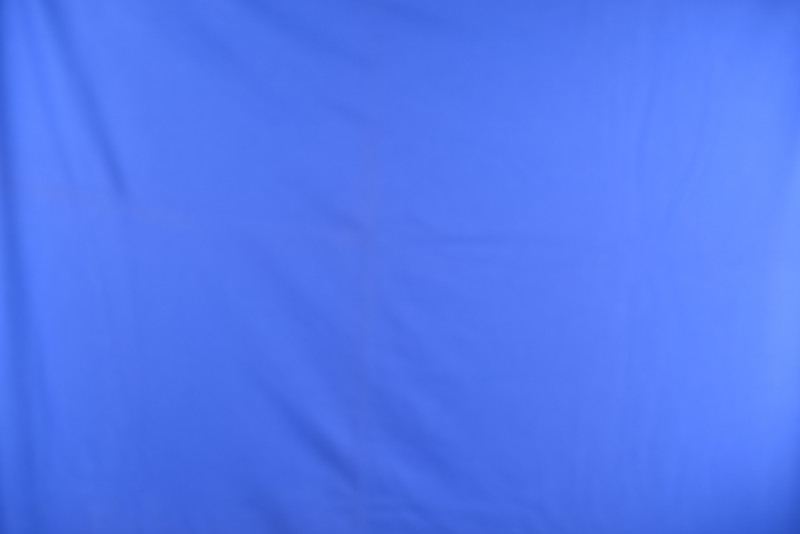SUSANNE M. WINTERLING »DRIFT«
05 Dec 2014 - 14 Feb 2015

Susanne M. Winterling »Diademseeigel Immersion Prototyp« 2014, still from 3D animation, Courtesy Parrotta Contemporary Art

Susanne M. Winterling »My physicality« 2014, Colour photograph, 60 x 80 cm, Courtesy Parrotta Contemporary Art
»Drift« is a series of works that focus on solidarity, empathy and immersion. These are material forces that make social life become real. It is through our bodies and on the basis of how we live, that we make sense of these images we constantly immerse ourselves in; images we relate to and images we are alienated by. There may not necessarily be a simple logic to what triggers our responses, they are much rather part of process in which subjectivity is rendered precarious, in political and economic terms. What is refracted (rather than merely reflected) in the process of immersion, is the collective production of subjectivity, the everyday life of a community. These dynamics of refraction, however, not only manifest themselves in our relation to technologies like screens or microscopes or surfaces like retina displays, skinlike photopaper or shiny aerogel but also in activities like sleep and the ways we interact with animals, plants and inanimate matter in the ecological systems we live in.
Drift proposes metaphors for these dynamics of refraction. It foregrounds the tactility of images and looks at bioluminescence, the ability to produce (not just to reflect or store) light, found in many creatures, mostly living in the sea. Among them is a particular form of plankton, the oldest species matter of our planet. Like a living touchscreen, this plankton embodies most elementary principles of touch, spectacular visuality and potential toxicity. In Drift, working with the camera, microscope or telescope, becomes an attempt to empathize with biological life in ways that reach beyond the horizon of human society.
Drift proposes metaphors for these dynamics of refraction. It foregrounds the tactility of images and looks at bioluminescence, the ability to produce (not just to reflect or store) light, found in many creatures, mostly living in the sea. Among them is a particular form of plankton, the oldest species matter of our planet. Like a living touchscreen, this plankton embodies most elementary principles of touch, spectacular visuality and potential toxicity. In Drift, working with the camera, microscope or telescope, becomes an attempt to empathize with biological life in ways that reach beyond the horizon of human society.
